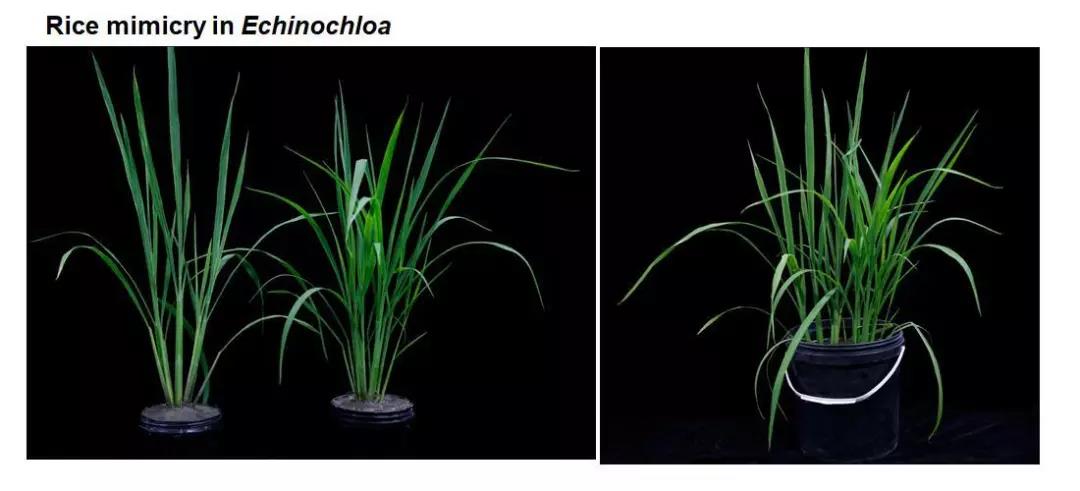Genomic sequencing on hardy weeds provides evidence on crop mimicry
Echinochloa crus-galli (E. crus-galli) is the most hazardous weed which mankind has made every endeavor to decimate over several millennia. Researchers at ZJU’s College of Agriculture and Biotechnology and China National Rice Research Institute discover that in order to evade“eradication”, it has picked up the skill of“camouflaging” itself by bearing closer resemblances to rice.

“Human behavior has accelerated the evolution of E. crus-galli, thereby giving rise to unintentional selection similar to domestication,” said FAN Longjiang, a professor of crop sciences and bioinformatics at ZJU. The most widely recognized illustrations of mimicry are those seen in the animal kingdom, including Batesian mimicry and Müllerian mimicry. In contrast, there has been no definite consensus over Vavilovian mimicry or crop mimicry in academia. It is the first time to verify the existence of Vavilovian mimicry from the perspective of genome. Relevant findings are published on the September 16 issue of Nature Ecology & Evolution.
Researchers studied 328 E. crus-galli accessionsfrom the Yangtze River basin in China, a typical rice production area. In terms of morphology, the species of E. crus-galli in rice paddies and on dry farmlands are substantially differentiated from each other: E. crus-galli individuals on dry farmlands display a loose or prostrateplant architecture, usually accompanied by a crooked stem node, red or purple stem bases and loose leaves whereas those in rice paddies are analogous to rice in that both have a small tiller angle, a straight stem node, a green stem base and compact leaves particularly at the seedling stage. Therefore, it is hard for farmers to distinguish between cultivated rice and mimetic E. crus-galli.
In the 1930s, Soviet botanist and geneticist Vavilov proposed a hypothesis that the resemblance between weeds and crops is an outcome of mimicry and adaptive evolution. Nonetheless, there has been an ongoing debate regarding this idea for lack of scientific evidence.
“We resequenced the genomes of 328 E. crus-galliaccessions with a view to confirming the existence of Vavilovian mimicry at a genetic level,” FAN Longjiang said.
“The 328 phenotyped E. crus-galli accessions can be divided into three major groups: mimetic (MIC), non-mimetic (NMC) and mixed (MIX). In contrast with NMC, MIC displayed a decrease in genetic diversity and suffered agenetic bottleneck, suggesting that it was forced to undergo selection during the mimicry process,” FAN Longjiang added.
The time of divergence of MIC from NMC samplesof E. crus-galli was estimated to be over 1,000 years ago in this study. According to Chinese historical records, during the Song Dynastythe economic hub changed from the Yellow River basin to theYangtze River basin, the human population underwent rapid growth and rice replaced wheat as the staple grain. NMC E. crus-galli may have originated from the stronger selection pressure by humans accompanied by the requirement for more rice production due to the rapid population growth during that period.
In this study, researchers provide genomic evidence of human selection on Vavilovian mimicry. Using genome-level analysis, theydetect significant genomic distinctions and positive selection signalsin some local genomic regions between MIC and NMC E. crus-galli populations. These findings extend the core knowledge of mimicry and improve the understanding of the origin and evolution of paddy weeds. This work sets the stage for future studies aimed at providing broader insight into the process of Vavilovian mimicry.